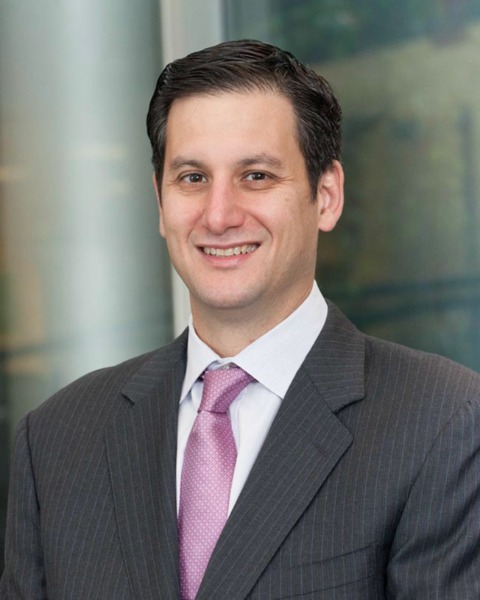Hepato-pancreato-biliary
E188: Outcomes after resection of solitary colorectal liver metastases: analysis of 535 consecutive cases

Mengyuan Liu, MD
Surgical Oncology Fellow
Memorial Sloan Kettering Cancer Center
New York, New York, United States
Mengyuan Liu, MD
Surgical Oncology Fellow
Memorial Sloan Kettering Cancer Center
New York, New York, United States
Mengyuan Liu, MD
Surgical Oncology Fellow
Memorial Sloan Kettering Cancer Center
New York, New York, United States- KS
Kenneth Seier, MS
Biostatistician
Memorial Sloan Kettering, United States - MG
Mithat Gonen, PhD
Chief of Epidemiology and Biostatistics
Memorial Sloan Kettering Cancer Center, United States 
Alice C. Wei, MD, MS, FRCSC (she/her/hers)
Attending Surgeon
Memorial Sloan Kettering Cancer Center
New York, New York, United States- JD
Jeffrey A. Drebin, MD, PhD
Chair of Surgery
Memorial Sloan Kettering Cancer Center, United States 
Vinod P. Balachandran, MD
Assistant Attending Surgeon
Memorial Sloan Kettering Cancer Center, United States- TK
T. Peter Kingham, MD
Attending Surgeon
Memorial Sloan Kettering Cancer Center, United States - KS
Kevin C. C. Soares, MD
Assistant Attending Surgeon
Memorial Sloan Kettering Cancer Center, United States - WJ
William R. R. Jarnagin, MD
Chief of Hepatopancreatobiliary Surgery
Memorial Sloan Kettering Cancer Center, United States 
Michael I. I. D'Angelica, MD
Attending Surgeon
Memorial Sloan Kettering Cancer Center
New York, New York, United States
ePoster Abstract Author(s)
Submitter(s)
Author(s)
Methods: Retrospective analysis of 535 consecutive patients who underwent resection of solitary CLM between 1999-2021 was performed from an institutional database. Extrahepatic disease and prior liver-directed therapy were excluded. Clinicopathological factors, recurrence and survival were examined.
Results:
The median overall survival (OS) of the whole cohort was 10 years. On multivariate analysis, factors associated with worse OS included >3 positive lymph nodes in the colon primary (HR 1.71, p< 0.001), tumor size (HR 1.04, p=0.045) and positive margin (HR 2.57, p=0.006). Disease-free interval and preoperative CEA were not prognostic of OS. To understand the clinical significance of tumor size, analysis of OS, recurrence-free survival (RFS) and hepatic recurrence was performed on size quartiles. The top-quartile of tumor size consisted of tumor >5.4 cm and had a median OS of 6.8 years. At 5-years, 72% of all patients remained tumor-free in the liver across the quartiles and there was no association between hepatic recurrence and tumor size (HR 1, p=0.588). A third of patients received adjuvant hepatic artery infusion chemotherapy (HAIC) and this was associated with improved OS (HR 0.71, p=0.04) and reduced hepatic recurrence (HR 0.56, p=0.002).
Conclusions: Patients with resected solitary CLM have excellent long-term survival that is not well predicted by traditional preoperative prognostic factors and may reflect a distinct biology. The hepatic recurrence pattern is consistent regardless of tumor size. This suggests that a proportion of patients with solitary CLM may be protected against metastases in the remaining liver.
Learning Objectives:
- Upon completion, participants will be able to describe the overall survival in patients with resected solitary colorectal liver metastases.
- Upon completion, participants will be able to list the factors associated with improved overall survival in patients with resected solitary colorectal liver metastases.
- Upon completion, participant will be able to describe the recurrence patterns in patients with resected solitary colorectal liver metastases.
